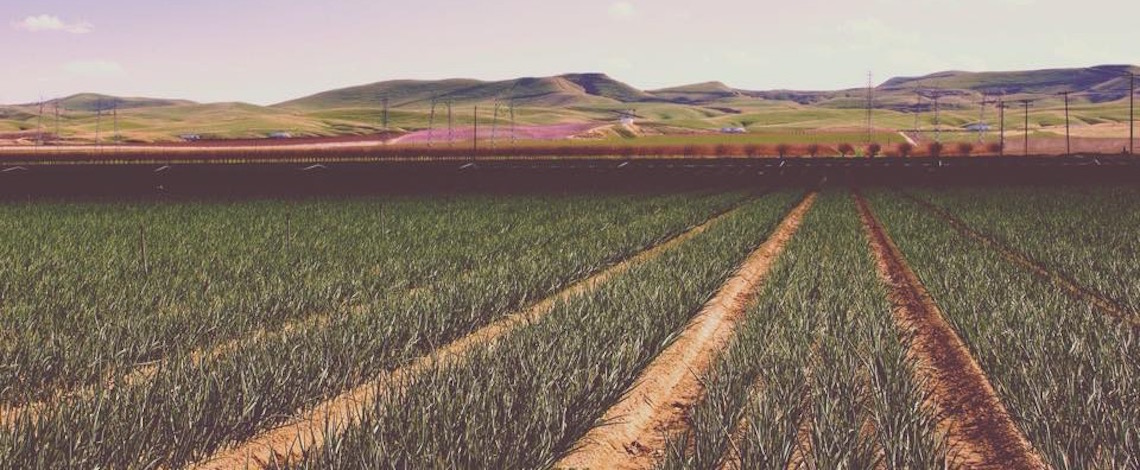
File photo
Written by Frank Lopez
A major clean energy and infrastructure project planned for California’s Central Valley could reduce electricity costs, create thousands of jobs, and breathe new life into fallowed agricultural land.
The Valley Clean Infrastructure Plan (VCIP), developed by Golden State Clean Energy, a Newport Beach-based renewable energy and infrastructure developer, in collaboration with the Westlands Water District, is a master-planned transmission and renewable energy project located in Fresno County.
The project aims to repurpose up to 130,000 acres of drainage-impaired and subsidence-prone agricultural lands for solar generation, energy storage, and high-voltage transmission infrastructure in western Fresno County—one of the most productive but water-challenged farming regions in the U.S.
According to the developer, the VCIP would generate 20 gigawatts of clean energy across the state, supported by new 500-kilovolt transmission lines and substations.
Once completed, the project could supply one-sixth of California’s electricity needs by 2025 and up to one-tenth by 2050.
The first phase is expected to be operational by 2030.
A recent independent study by 1898 & Co., a global business and technology consulting firm, estimated the VCIP could save California ratepayers $9 billion by 2050 —including $850 million annually in electricity savings — while delivering sustained economic benefits.
Energizing the economy and the land
Patrick Mealoy, partner and chief operating officer of Golden State Clean Energy, said building renewable generation and energy storage facilities in the heart of the state could help lower electricity costs statewide.
“We do believe this will provide a real economic benefit to all of Pacific Gas & Electric ratepayers,” he said.
The study also found that the project would ease transmission bottlenecks in Central California, enabling more efficient delivery of renewable energy.
The plan is expected to create roughly 6,000 construction jobs over 10 years and 1,200 permanent operations and maintenance jobs — about 80% of which are projected to be filled locally.
Mealoy said full buildout could take a decade, with the first projects potentially coming online in the late 2020s and construction continuing into the mid-2030s.
The developer is currently conducting a programmatic environmental impact review for permitting on 136,000 acres entirely within Westlands Water District.
Golden State Clean Energy began discussions with Westlands nearly four years ago about developing the project on district-owned, fallowed land. A memorandum of understanding was signed in late 2023, followed by a definitive agreement in early 2024.
Ag land transitions
Mealoy emphasized that much of the land being considered is no longer viable for traditional agriculture.
About half of the land permitted for the project is within Westlands Water District, primarily on drainage-impaired or subsidence-prone areas. The remaining land is owned by private landowners who have opted into the program through long-term lease agreements.
“A lot of the growers are looking at leasing, based upon the restrictions in surface water as well as the implementation of the Sustainable Groundwater Management Act, in order to make long-term investments for farming operations,” Mealoy said.
He added that in Westlands’ 615,000-acre footprint, discussions are ongoing about fallowing up to one-third or more of the land due to water constraints.
Private property owners who enter into 35-year surface easement agreements with the project will retain their water rights. Golden State Clean Energy has committed to bonding for the eventual removal of solar panels at the end of their useful life, allowing the land to potentially return to agricultural use in the future.
“Hopefully the area will find itself in a different water situation than today after the interim and can be used for producing food and fiber again,” Mealoy said.
Political and regulatory uncertainty
Despite the project’s long-term outlook, uncertainty looms over federal energy policy. While the Trump administration has made its opposition to offshore wind clear by halting leasing and permitting processes, its stance on solar energy remains murky.
Mealoy pointed to proposed federal legislation, nicknamed the “Big Beautiful Bill,” which could accelerate the repeal of renewable energy tax credits and impose new restrictions.
“That will be a burden on both the industry as well as ratepayers and customers,” he said. “Electricity demand is growing rapidly in California, in the West, across the entire country, and worldwide. We need to, as a state and as a nation, add as much electricity as we can.”
Historically, Southern California and Southern California Edison customers have paid lower energy prices than those in the northern part of the state, he noted.
He said building projects like the VCIP and improving transmission systems in Fresno County would enhance grid reliability and help balance electricity prices throughout the state.








